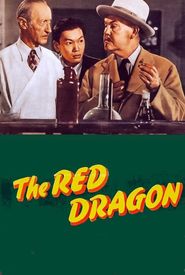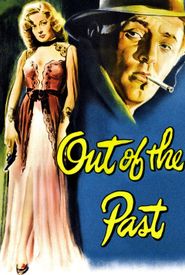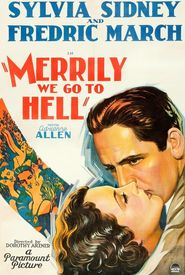Mildred Boyd, a captivating and enigmatic actress and dancer, embarked on a remarkable three-decade-long cinematic odyssey, commencing in the 1920s with the silent film era and culminating in the 1950s. Throughout her illustrious career, she effortlessly projected a youthful, modest, and radiant presence, whether in minor supporting roles or dazzling dance sequences. Despite her significant and far-reaching contributions to the film industry, Mildred Boyd remains an unsung black performer and actress, often overlooked and underappreciated in the annals of entertainment and movie history.
Mildred, a native of Tennessee, embarked on a transformative journey in her formative years, relocating to the sun-kissed city of Los Angeles, California, where she embarked on a lucrative career as a chorus girl at the iconic and revered black nightclub, The Sebastian's Cotton Club. For a considerable period, she dazzled audiences with her captivating stage presence, simultaneously nurturing her aspirations in the film industry.
As she navigated the challenges of her era, Mildred, like many of her contemporaries, yearned to make her mark on the silver screen. However, the limited opportunities available to black actors often relegated them to stereotypical roles, typically involving the portrayal of domestic servants. Undeterred by these limitations, Mildred brought a sense of dignity and admirable qualities to these roles, showcasing her beauty, charm, and refinement to the fullest extent.
Mildred's artistic endeavors extended far beyond her work as a maid, as she also utilized her impressive dancing skills to enhance the entertainment value of Hollywood films featuring black musical numbers, often doubling as an extra in these productions. This provided her with the opportunity to showcase her talents in a more prominent capacity, free from the constraints of a maid's costume.
In addition, Mildred had the privilege of demonstrating her acting abilities in certain race films, where she was able to project her classy and demure persona without the limitations of a maid's uniform. This allowed her to showcase her full range as an actress, unencumbered by the stereotypical expectations associated with her role.
Furthermore, during the mid-1940s, Mildred appeared in several soundies, including a notable production titled "Mildred and Bow," where she had the opportunity to display her impressive boogie skills alongside another female partner. This collaboration not only highlighted her individual talents but also allowed her to develop her skills as a performer, working alongside another talented individual to create a memorable and entertaining experience for the audience.
Mildred's career trajectory took an exciting turn as she seized opportunities to transcend the confines of traditional maid roles, opting instead to showcase her impressive range as a multifaceted actress in a select few Hollywood films. Notably, she appeared in the 1945 musical comedy "I Love a Bandleader," where she skillfully navigated a character from a distinct social background, thereby exemplifying her capacity for adaptability and depth. Furthermore, her portrayal in the 1947 film noir classic "Out of the Past" solidified her reputation as a talented thespian, as she effortlessly brought to life a character from a vastly different socioeconomic context. Through these performances, Mildred unequivocally demonstrated her proficiency as a true actress, capable of seamlessly inhabiting characters from diverse walks of life.
Mildred Boyd's illustrious trajectory in the entertainment industry, which had spanned a significant period of time, came to a close in the 1950s, marking the culmination of her remarkable and multifaceted career. As the curtain drew to a close on her professional journey, her invaluable contributions to the world of Golden Era Cinema and black entertainment history, which had once been the focal point of attention and admiration, began to fade from the collective consciousness, gradually slipping into the shadows of obscurity, leaving behind a legacy that would ultimately be rediscovered and reevaluated by future generations.






























